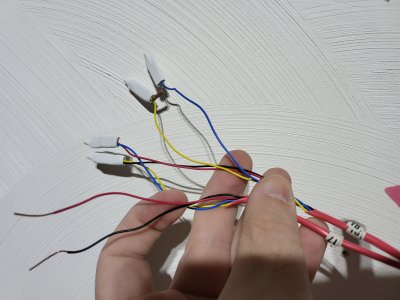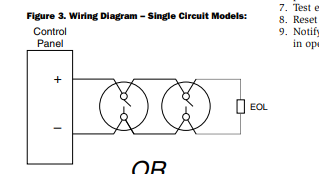Hi all -
First of all, one to thank everyone for their advice. I did end up obtaining a elk m1 system and I'm in the process of installing it.
So far everything has been pretty straightforward, but I do have a question about how to properly wire a four-wire smoke detector system.
My belief is that the system is daisy chained, but what I have back at the panel is essentially two wires interconnected. The only "free" ends I have are red and black which I assume are power.
I would like to connect him to the SAUX to allow the panel to reset after false alarms. But it also seems to me that these should be connected to a zone?
I guess I'm not entirely clear what is going on with the wiring here, was wondering if someone could shed some light on it?
Thanks!
First of all, one to thank everyone for their advice. I did end up obtaining a elk m1 system and I'm in the process of installing it.
So far everything has been pretty straightforward, but I do have a question about how to properly wire a four-wire smoke detector system.
My belief is that the system is daisy chained, but what I have back at the panel is essentially two wires interconnected. The only "free" ends I have are red and black which I assume are power.
I would like to connect him to the SAUX to allow the panel to reset after false alarms. But it also seems to me that these should be connected to a zone?
I guess I'm not entirely clear what is going on with the wiring here, was wondering if someone could shed some light on it?
Thanks!


